Project Description
Description: Get your team to work faster and smarter. Rank priorities so your new startup adhere to lean methods.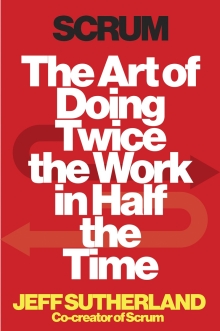
By: Jeff Sutherland
Notes:
- He pretty much invented the agile method to software development
- Before he invented it, people use to rely on the waterfall method and it would lead to cost overruns and other issues
- First steps if to list the features that are most needed, because 80% of the value comes from 20% of the features
- Don’t rank by importance, but rank by value.
- Almost impossible to know how soon a project will finish, because it depends on how fast a team works
- Healthcare.gov was built using a waterfall technique
- No one took accountability for the whole project
- Sprints: intervals of work
- Plan the sprints to deliver real functional goods at the end of each sprint
- At the end of each sprint, use the feedback to measure velocity
- Use each sprint to remove obstacles to the flow of the work
- Plan, do, check, act
- Steps:
- Make sure everyone knows the number one objective is to produce
- Always hire from within. Zappos wants people to grow within the team
- Only three roles:
- Product owner: decides what the work should be. They use persuasion to figure things out
- Steps to implementing scrum:
- Create a backlog of the work you need to do to get to your vision (wedding, business, etc.)
- These are the stories they need to make (EPICs) to explain what they need their system to do to be a compelling purchase
- Have everything that can possible be included in the backlog
- These are the stories they need to make (EPICs) to explain what they need their system to do to be a compelling purchase
- What are the items that have the biggest business impact?
- What are the easiest to do, can deliver the biggest value for the lower risk
- Idea is to deliver value to customers as soon as possible (80/20 rule)
- What are the easiest to do, can deliver the biggest value for the lower risk
- Create a backlog of the work you need to do to get to your vision (wedding, business, etc.)
- Break up the product delivery into increments and get feedback on each until you have the product for consumers. Just make the functional prototype
- He who can survey the quickest rate of change survives
- He wants everything to be transparent. Financials, etc.
- Happiness predates success
- Zappoes was one of their success factors
- Each employee is bought up to speed about how he culture works
- Epics
- These are stories that are so big, they need to be broken up into smaller stories of actionable things for people to remember
- Sprint – how to
- Write down all tasks
- Prioritize by what needs to get done first
- Estimate how much effort / time it will take to finish
- Make sure to finish all tasks by the end of the sprint. Nothing left over
- If a process seems stupid, it is, so eliminate it
- Working too hard, makes more work
- Overworked employees get more distracted and distract others and make more mistakes. Work fewer hours and do better work and shorter time people.
- Generally takes longer to fix something than to fix it
- It also takes 24 times more effort to fix something later than it is to fix something right away, because you have to recreate the thought process from the beginning
- Multi tasking is impossible. Talking and driving is a great example
- The process to switch from one thing to he next takes too much effort
- Focus on only those tasks that are related so you don’t leave that zone
- At the end of each sprint, have a demo that a person can use
- Never let things be half done T the end of a sprint
- In daily stand ups, you don’t just do a status update, you ask for and offer help to clear roadblocks
- Lost all the tasks that need to get done and allow people to work on whatever parts they want to move the whole team forward.
- Don’t blame team members. Blame the system that they work in
- Brain can only hold four chunks of data
- Great teams have:
- 1. A sense of purpose. Transcendent
- 2. Autonomous. Self organizing and Mgmt
- 3. Cross functional. Have all the skills to complete the product. Feeds off each other’s skills. Look for people with diverse skills.
- Can’t impose these things
- More than 9 ppl on a team, then the velocity slows down. The number of communications channels is too many to hold for a normal human. For a team to work well, they need to know what each person on the team is doing
- Adding more people late in a project slows it down.
Summary – How to begin in a nutshell – 9 mins from the end of the book
- Pick a product owner (has the vision of what will be accomplished. Have passion for the product)
- Pick a team (who does the work, has all the skills needed. 3 to 9 ppl)
- Pick a scrum master (coaches rest of team through the framework)
- Create and prioritize a product backlog (evolves over time. Product road map in order of priority)
- Refine and estimate the product backlop (team looks at each items to make sure it’s doing. Definition of done. Create visual value? Don’t estimate in hours. Use relative size: small, medium, large. Chapter 6)
- Sprint planning (fixed length of time less than a month; forecast how much they can complete in a sprint; look at speed of last sprints to measure velocity)
- Make work visible (do, plan, done; use sticky notes;)
- Daily standup (max 15 mins, Discuss: 1. what did you do yesterday, 2. what will you do today, 3. any obstacles?)
- Sprint review / demo (show what’s accomplished during the sprint; only demo what’s completed)
- Sprint retrospective (what are the improvements in the process; don’t blame people; agree on 1 process improvement to see if that 1 solution improved the team speed in a controlled environment)
- Immediately start the next sprint
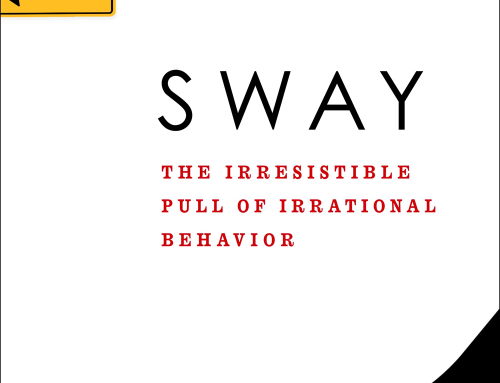
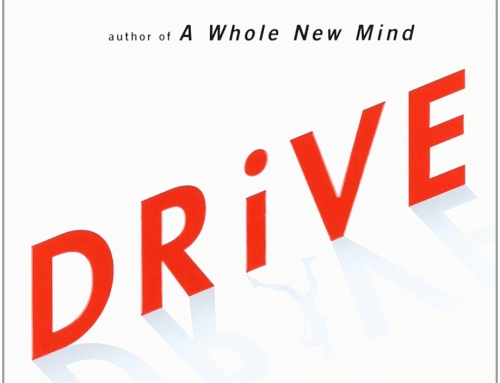
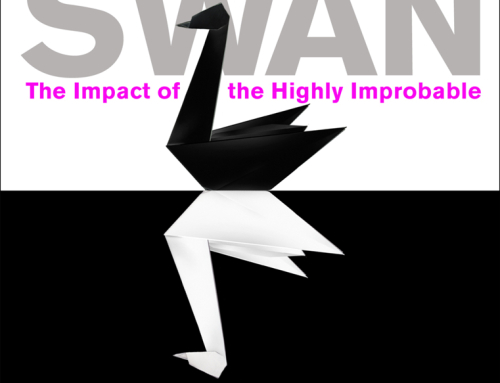
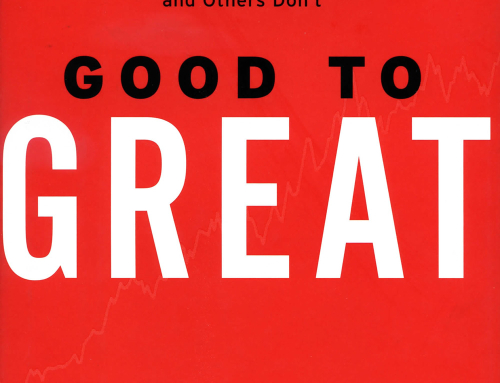

Leave A Comment